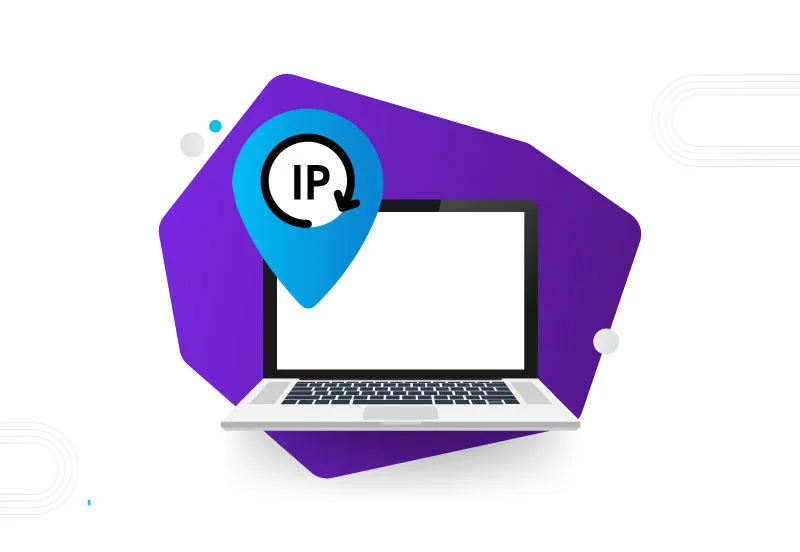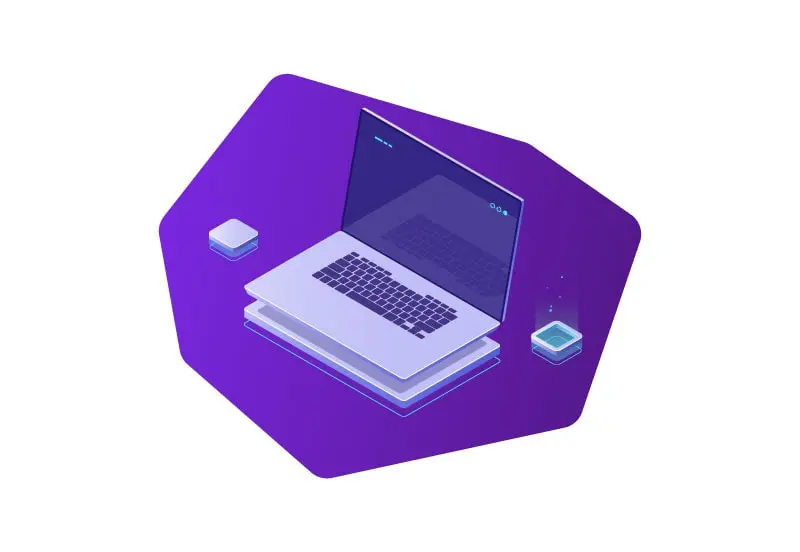In the realm of online security and anonymity, proxies play a crucial role. They act as intermediaries between our devices and the vast expanse of the internet, shielding our identities and providing access to otherwise restricted content. Two commonly encountered types of proxies are static proxies and rotating proxies. Understanding the differences between static and rotating proxies is vital when it comes to optimizing your online experience.
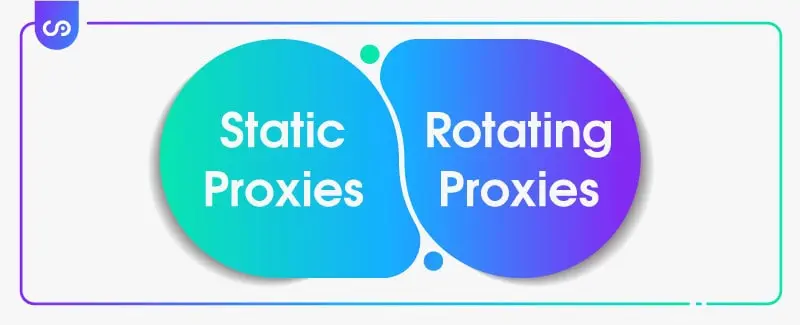
In this article, we will delve into the world of static vs rotating proxies, exploring their functionalities, advantages, and disadvantages, as well as offering guidance on which type of proxy may best suit your specific needs and use cases. Whether you’re a web scraper, an online marketer, or simply someone concerned about protecting their digital presence, this examination of static proxy vs rotating proxy will equip you with the knowledge to make informed decisions in the realm of online privacy and security.
Static proxies
When it comes to proxies, static proxies are like reliable sentinels standing guard at the entrance of the virtual world. These proxies establish a fixed connection between your device and the internet, providing a consistent and unchanging gateway for your online activities.
Static proxies operate on the principle of a fixed IP address, meaning that each time you connect to the internet through a static proxy, your online presence is associated with the same IP address. This steadfastness can be advantageous in several ways.
Firstly, static proxies offer stability. With a consistent IP address, you can rely on a stable connection, ensuring uninterrupted access to websites and services. Whether you’re engaged in e-commerce, content scraping, or social media management, having a reliable connection is paramount.
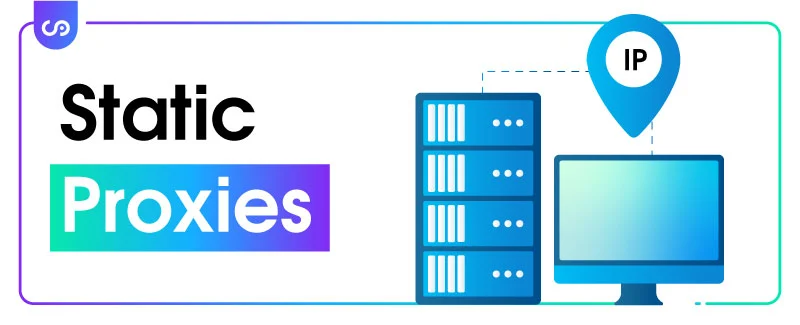
Secondly, static proxies provide control. By using a specific IP address, you have the ability to bypass certain restrictions imposed by websites or online platforms. You can establish a consistent online identity that allows you to access content that might otherwise be restricted or censored based on geographical location or other factors.
However, like any tool, static proxies have their limitations. One notable disadvantage is their lack of variety. Since static proxies maintain the same IP address, they may be more easily recognized and potentially blocked by websites or online services that have implemented measures to detect proxy usage. Additionally, if anonymity is a priority, static proxies might not be the optimal choice, as they can leave a digital footprint that could potentially be traced back to you.
In certain situations, static proxies shine brightly. For instance, if you’re engaged in activities that require a consistent connection or need to bypass geographical restrictions, such as accessing region-specific content, static proxies can be your steadfast companions. They provide reliability and control in a digital landscape where consistency and unyielding access are paramount.
Rotating proxies
In the dynamic world of online anonymity, rotating proxies emerge as the shape-shifters of the proxy realm. Unlike their static counterparts, rotating proxies are masters of adaptation, constantly changing their IP addresses to stay one step ahead of the game.
Rotating proxies work by periodically cycling through a pool of IP addresses. Each time you make a request, the proxy will assign you a different IP address from its vast collection, creating an ever-changing digital footprint. This constant rotation offers a myriad of advantages that can enhance your online experience.
One of the key benefits of rotating proxies is their ability to bypass anti-proxy measures. By constantly changing IP addresses, rotating proxies make it difficult for websites and online services to detect and block their usage. This cloak of anonymity allows you to scrape data, automate tasks, and conduct online marketing activities without the fear of being caught in the web of detection.
Another advantage of rotating proxies is their versatility. With a rotating proxy, you gain access to a wide range of IP addresses, giving you the ability to mimic different geographical locations. This flexibility opens up a world of opportunities for web scraping, online research, and localized marketing strategies. Whether you need to gather data from multiple sources simultaneously or test the performance of your website from various regions, rotating proxies provide the means to do so effectively.
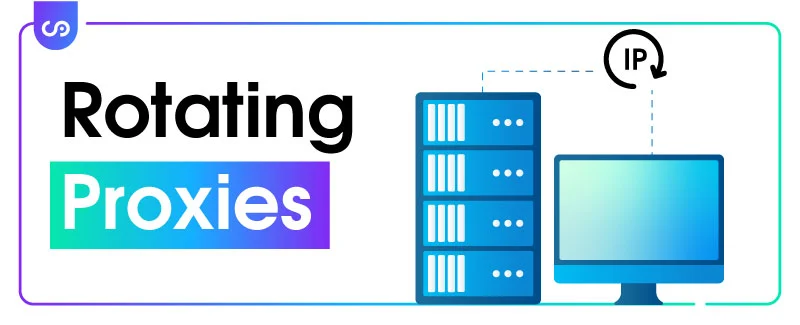
However, like any tool with immense power, rotating proxies have their drawbacks. One of the main concerns is the potential impact on connection speed. As the proxy cycles through different IP addresses, there might be a slight delay in establishing connections, which could affect the overall speed of your online activities. Additionally, the constant rotation may introduce some instability, as certain websites or services might require a consistent IP address for authentication or access purposes.
Rotating proxies truly excel in scenarios where anonymity and versatility are paramount. If you’re engaged in large-scale data scraping, price monitoring, or geographically targeted marketing campaigns, rotating proxies can be your dynamic allies, ensuring a high level of anonymity and granting you access to a vast array of IP addresses. In the ever-evolving landscape of online privacy and security, rotating proxies bring the element of surprise to the table, empowering you with the ability to adapt and thrive in the digital realm.
Differences between Static and Rotating Proxies
In the battle of static proxies versus rotating proxies, each type brings its own set of advantages and considerations to the table. Let’s delve into the key differences between these two proxy options in terms of speed, stability, and anonymity, shedding light on which one may be better suited for your specific needs.
When it comes to speed, static proxies hold the advantage. With a fixed IP address, static proxies establish a direct and stable connection, minimizing any potential delays or disruptions. This reliability makes them ideal for activities where consistent and fast connectivity is crucial, such as accessing websites that require uninterrupted sessions or engaging in time-sensitive online marketing campaigns.
On the other hand, rotating proxies sacrifice a bit of speed for the sake of anonymity and versatility. As they cycle through a pool of IP addresses, there may be a slight delay in establishing connections, which can impact overall speed. However, this trade-off allows rotating proxies to maintain a higher level of anonymity by constantly changing their digital footprint. They also provide the ability to mimic different geographical locations, granting you access to localized content and enabling more sophisticated web scraping techniques.
In terms of stability, static proxies hold the upper hand. With a fixed IP address, you can expect a consistent connection that remains unaffected by the proxy’s rotation or changes. This stability is particularly valuable for activities that require a continuous and uninterrupted presence, such as automated tasks or long-duration sessions. Static proxies provide a reliable foundation upon which you can build your online activities with confidence.
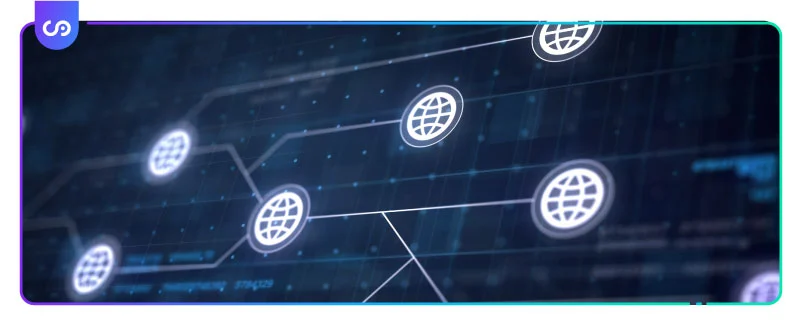
On the contrary, rotating proxies introduce an element of variability. As IP addresses change, there is a possibility of encountering occasional instability or compatibility issues with certain websites or services that rely on consistent IP authentication. However, this dynamic nature also grants rotating proxies the ability to bypass anti-proxy measures, making them ideal for web scraping at scale or engaging in activities that require frequent IP rotation to maintain anonymity.
When it comes to anonymity, rotating proxies take the spotlight. With their ever-changing IP addresses, rotating proxies make it challenging for websites or online platforms to identify and block proxy usage. This constant rotation adds an extra layer of security, making it more difficult to trace your online activities back to a single source. Rotating proxies provide a level of anonymity that static proxies cannot match, ensuring your online presence remains hidden and protected.
In summary, if you prioritize speed, stability, and a consistent connection, static proxies are the go-to choice. They offer reliable and fast access, making them suitable for activities where uninterrupted connectivity is essential. On the other hand, if anonymity and versatility are your top concerns, rotating proxies take the lead. They provide the ability to constantly change your digital footprint, bypass anti-proxy measures, and access localized content, making them an excellent option for web scraping, online research, and geographically targeted marketing campaigns.
Ultimately, the choice between static and rotating proxies depends on your specific needs and use cases. Consider the factors of speed, stability, and anonymity outlined here, and make an informed decision that aligns with your priorities and objectives in the vast landscape of online privacy and security.
Conclusion
In the realm of online privacy and security, the choice between static and rotating proxies represents a fundamental decision that can greatly impact your digital experience. Understanding the differences between these two proxy options is crucial in selecting the right tool for your specific needs. While static proxies offer speed, stability, and a consistent connection, rotating proxies bring versatility, anonymity, and the ability to bypass anti-proxy measures to the table. It ultimately comes down to your priorities and objectives. Whether you require uninterrupted access, reliability, and fast connectivity, or you seek dynamic anonymity, the decision between static vs rotating proxies rests in your hands. By weighing the differences between static and rotating proxies and considering the factors of speed, stability, and anonymity, you can make an informed choice and navigate the digital landscape with confidence, ensuring your online presence remains secure and protected.
FAQs
When should I use a static proxy instead of a rotating proxy, and vice versa?
Use a static proxy when you require a consistent connection, stability, and reliable access to specific websites or services. Opt for a rotating proxy when anonymity, versatility, and the ability to bypass anti-proxy measures are essential, especially for large-scale web scraping or accessing region-specific content.
What are the advantages of using a rotating proxy over a static proxy?
Rotating proxies offer higher anonymity by constantly changing IP addresses, making it difficult for websites to detect and block proxy usage. They also provide the flexibility to mimic different geographical locations, enabling sophisticated web scraping techniques and localized marketing strategies.
What are the disadvantages of using a rotating proxy over a static proxy?
Using rotating proxies may introduce slight delays in connection speed due to the constant rotation of IP addresses. Additionally, certain websites or services that rely on consistent IP authentication may pose compatibility issues or require additional configurations with rotating proxies.
Can I switch between static and rotating proxies during a web scraping task?
Yes, it is possible to switch between static and rotating proxies during a web scraping task. However, the process may require additional configurations and handling to ensure a seamless transition.

